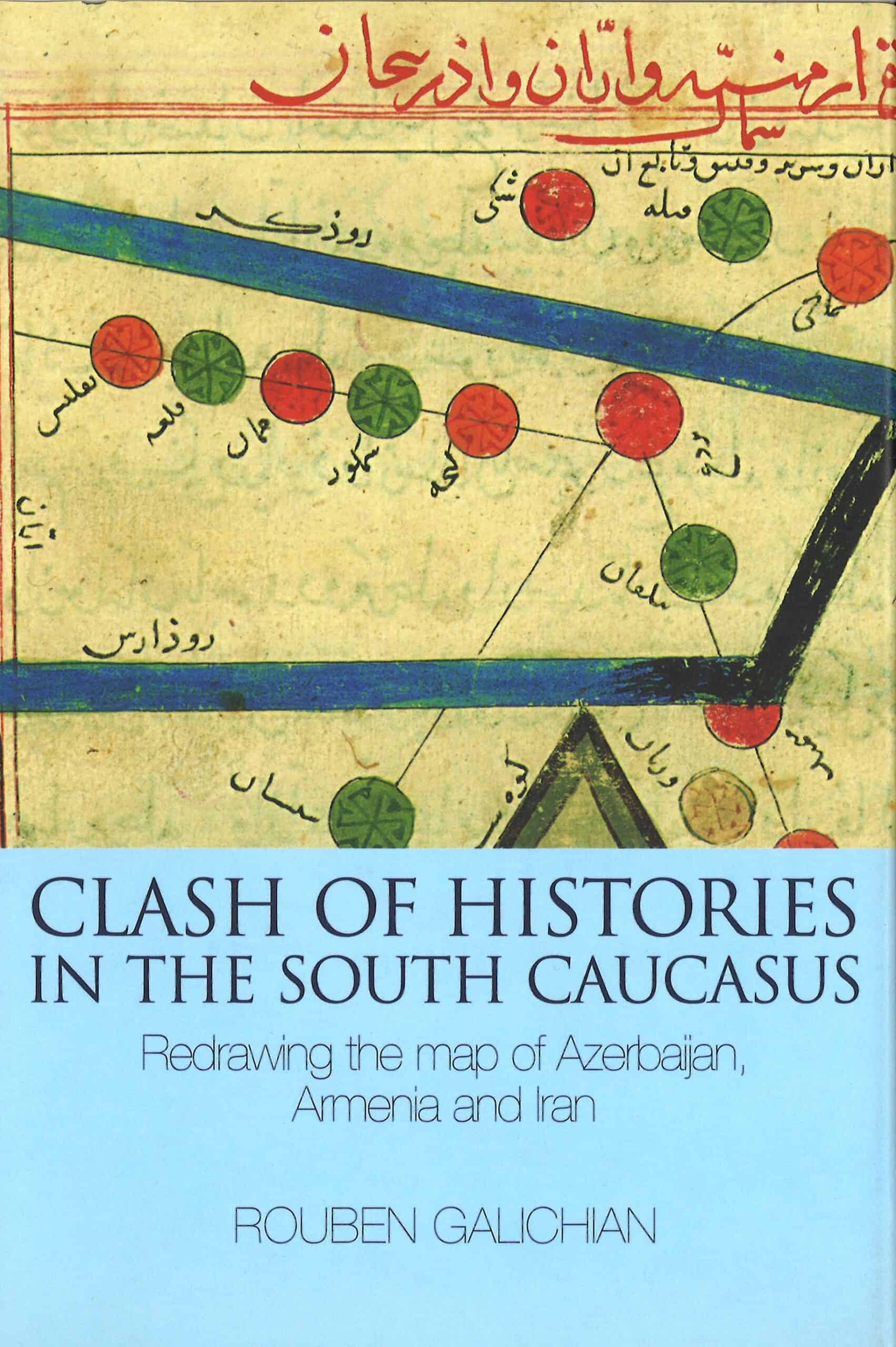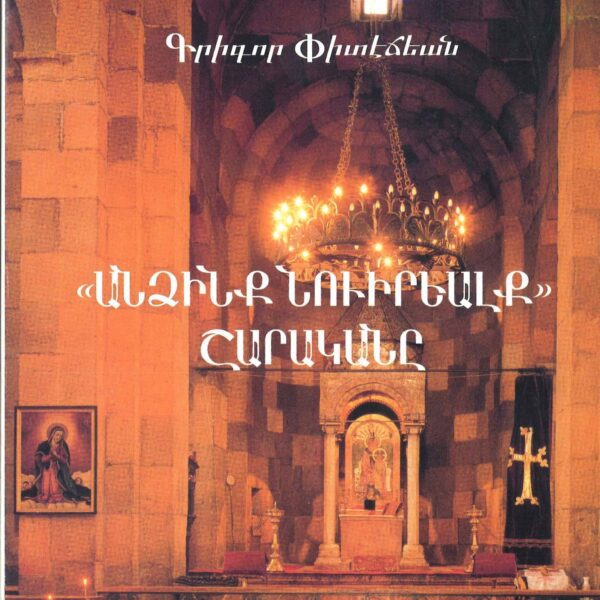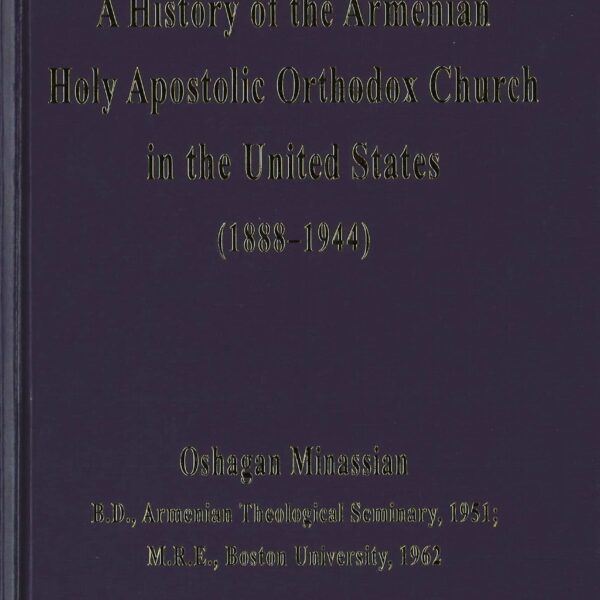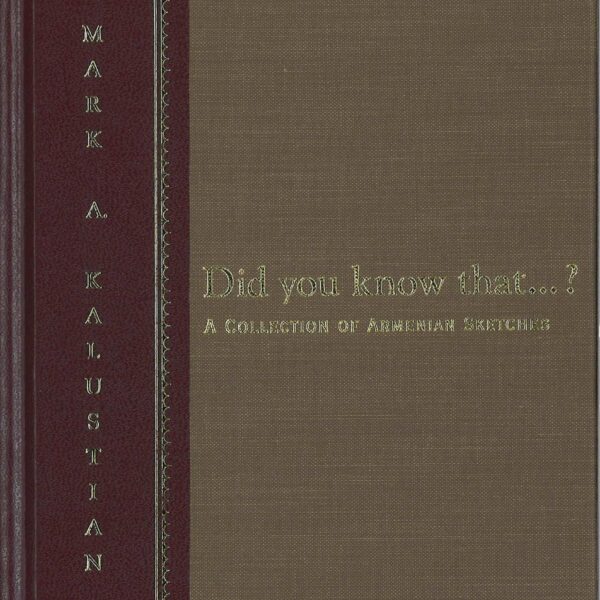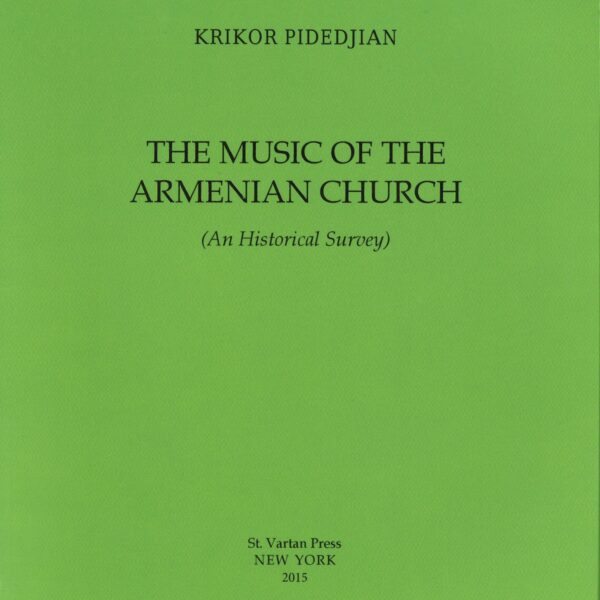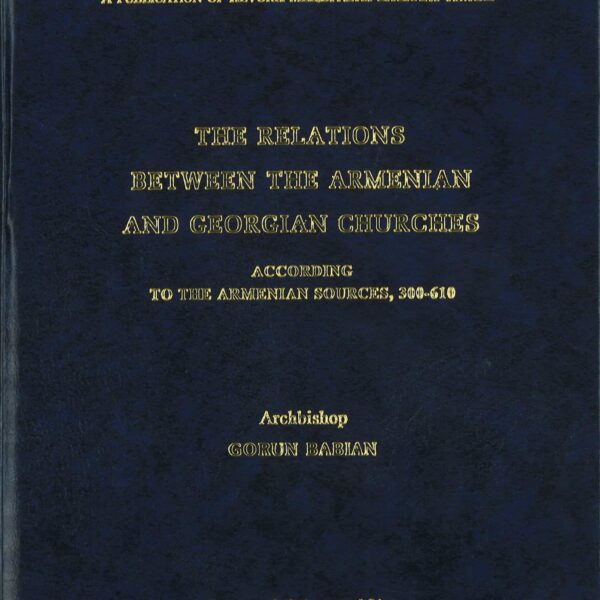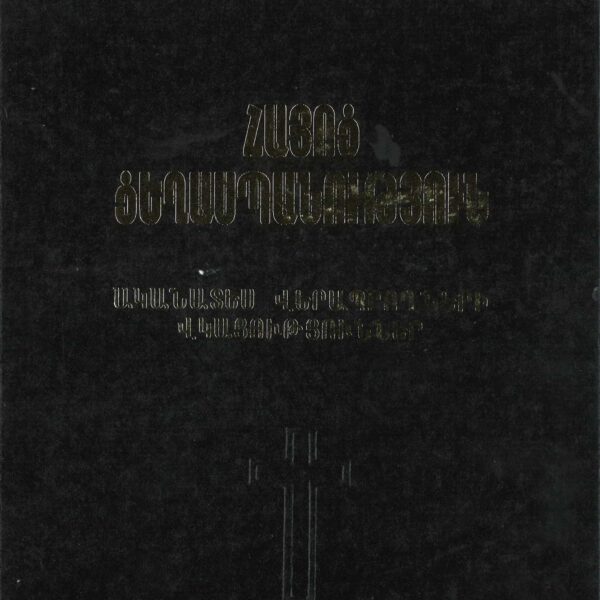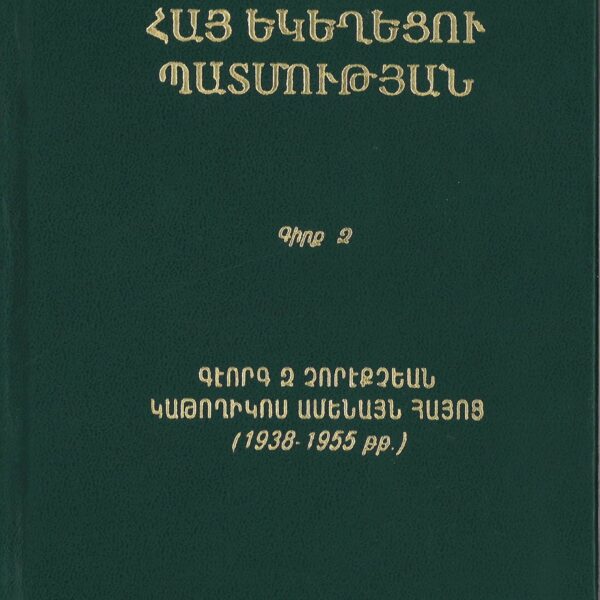Clash Of Histories In The South Caucasus, Rouben Galichian (hardcover)
$60.00 Original price was: $60.00.$40.00Current price is: $40.00.
In stock
Rewriting history and redrawing boundaries are ancient political strategies for shaping national identity, nation-building and establishing territorial claims. Ethnicity and cultural heritage are especially powerful symbols, and therefore targets, for territorial claims—a process exemplified by the Republic of Azerbaijan’s state-sponsored invention of its own national identity. As the only former Soviet republic not to be created from an established ethnic group, ever since its formation in 1918 Azerbaijan has used strategies adapted especially from the USSR and Pan-Turkism movement to create a nationalistic ethnos/mythos at odds with the historical and geographical reality.
This study examines the motives and methodology employed by Azerbaijani historians and geographers over the past century in officially recreating the history, boundaries and even ethnicity of this historically volatile region. Particular focus is given to Azerbaijan’s campaign for the geohistorical appropriation of neighboring Armenia and Iranian Azerbaijan, a selective campaign that ignores Georgia and Russia’s North Caucasus. The evidence of the ancient and later accounts of Islamic and European travelers confirms the international position that runs counter to Azerbaijan’s claims.
| Weight | 1.11 lbs |
|---|
Shipping and handling will be added when the order is placed.

